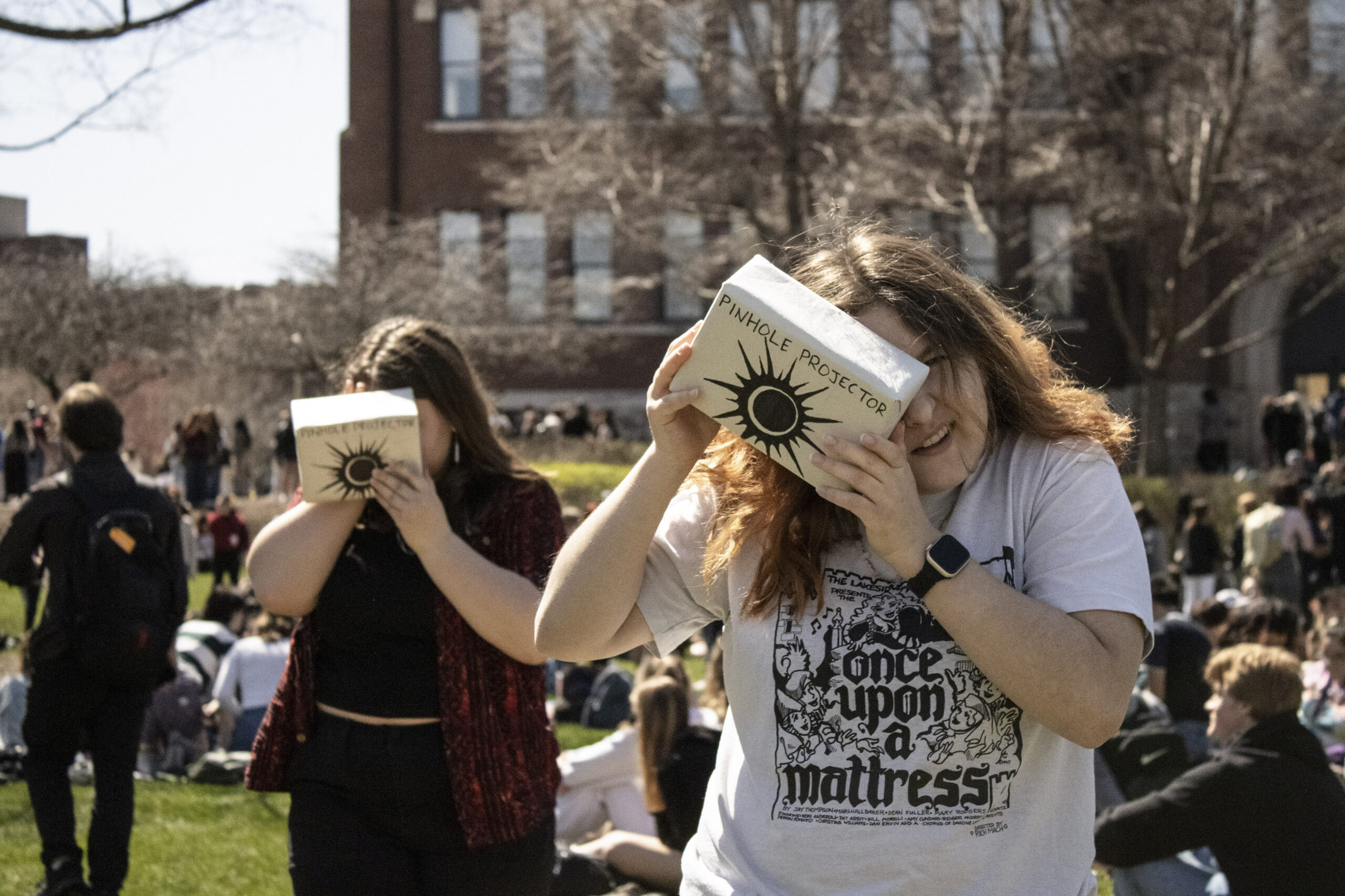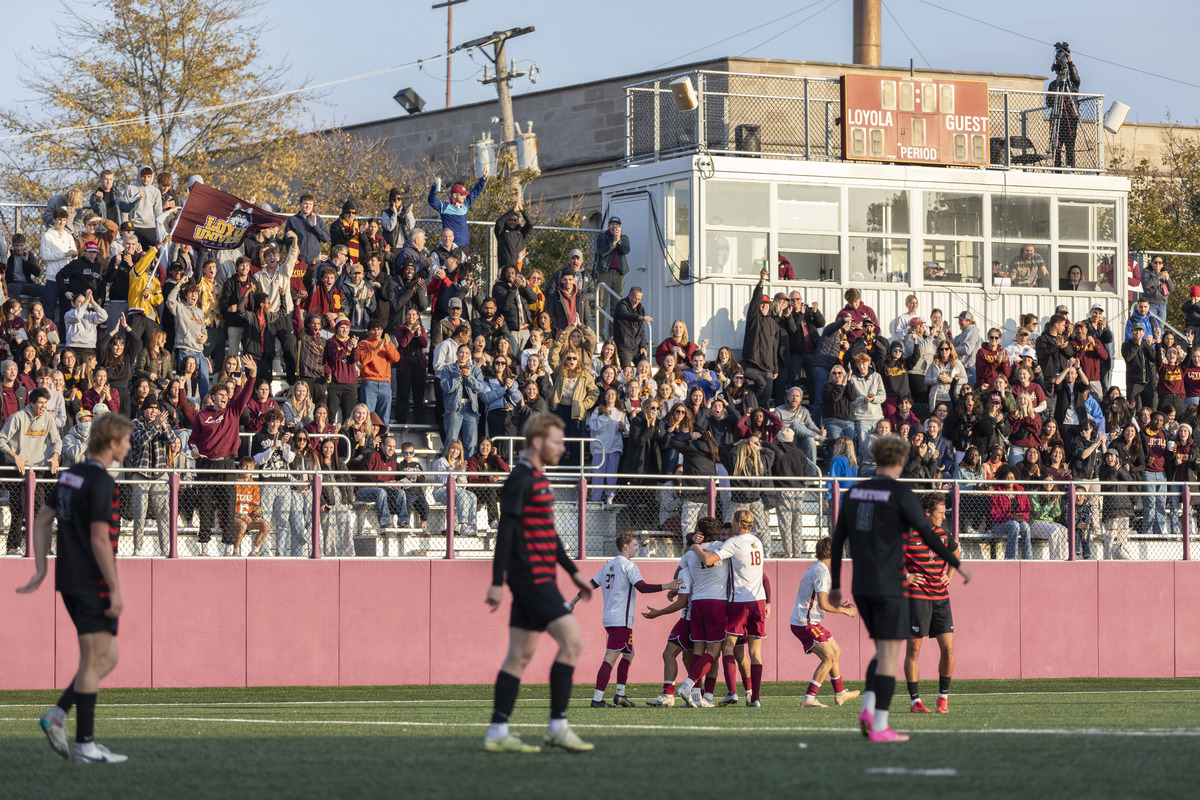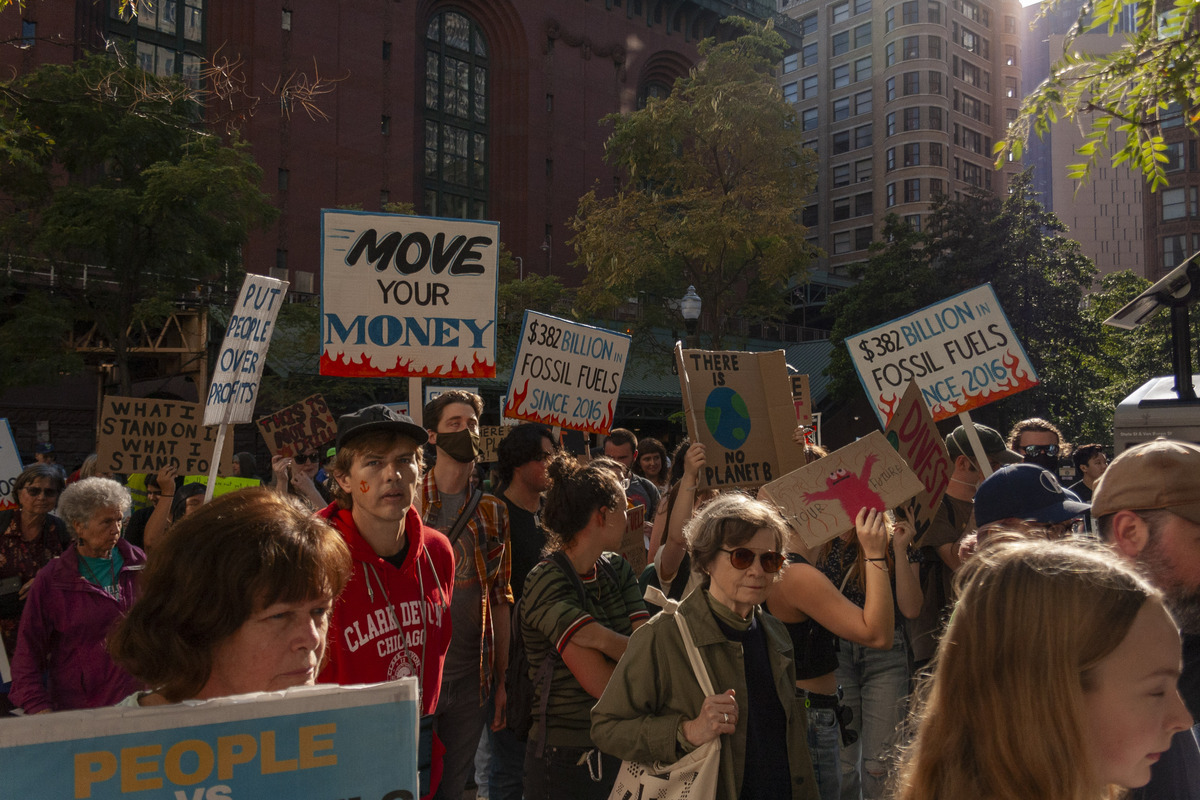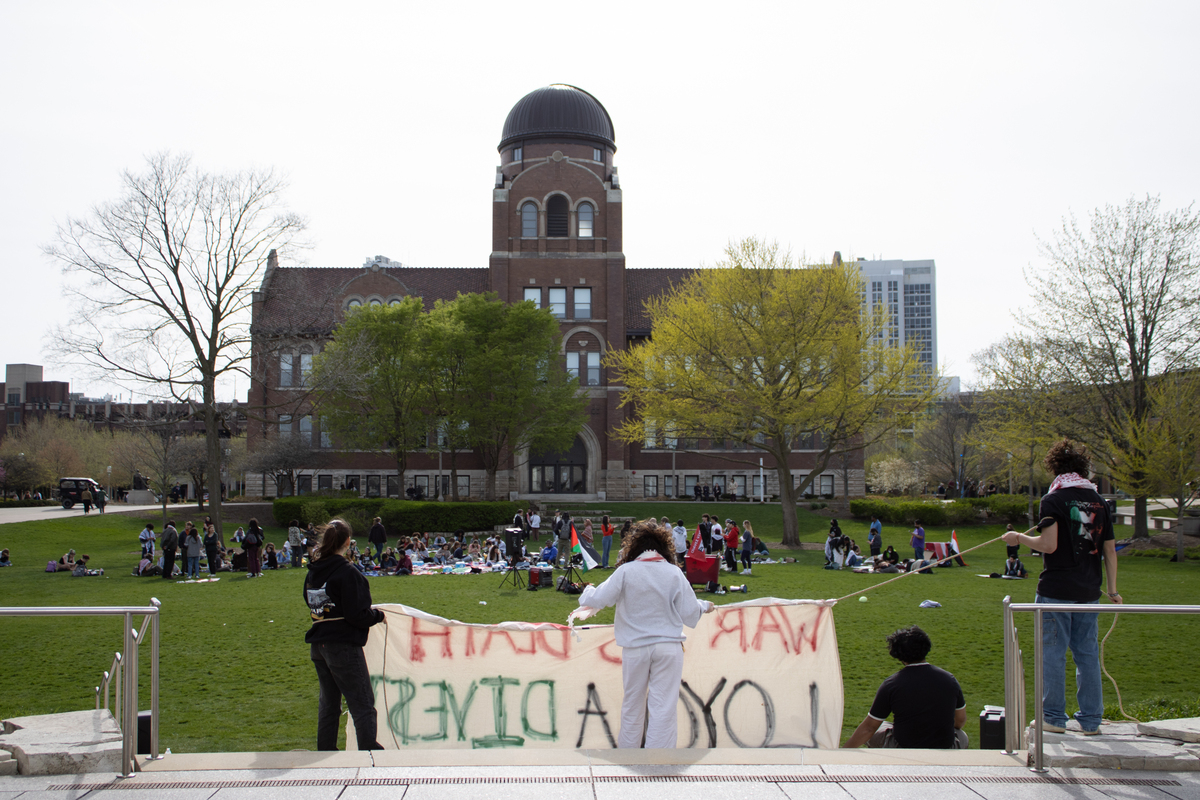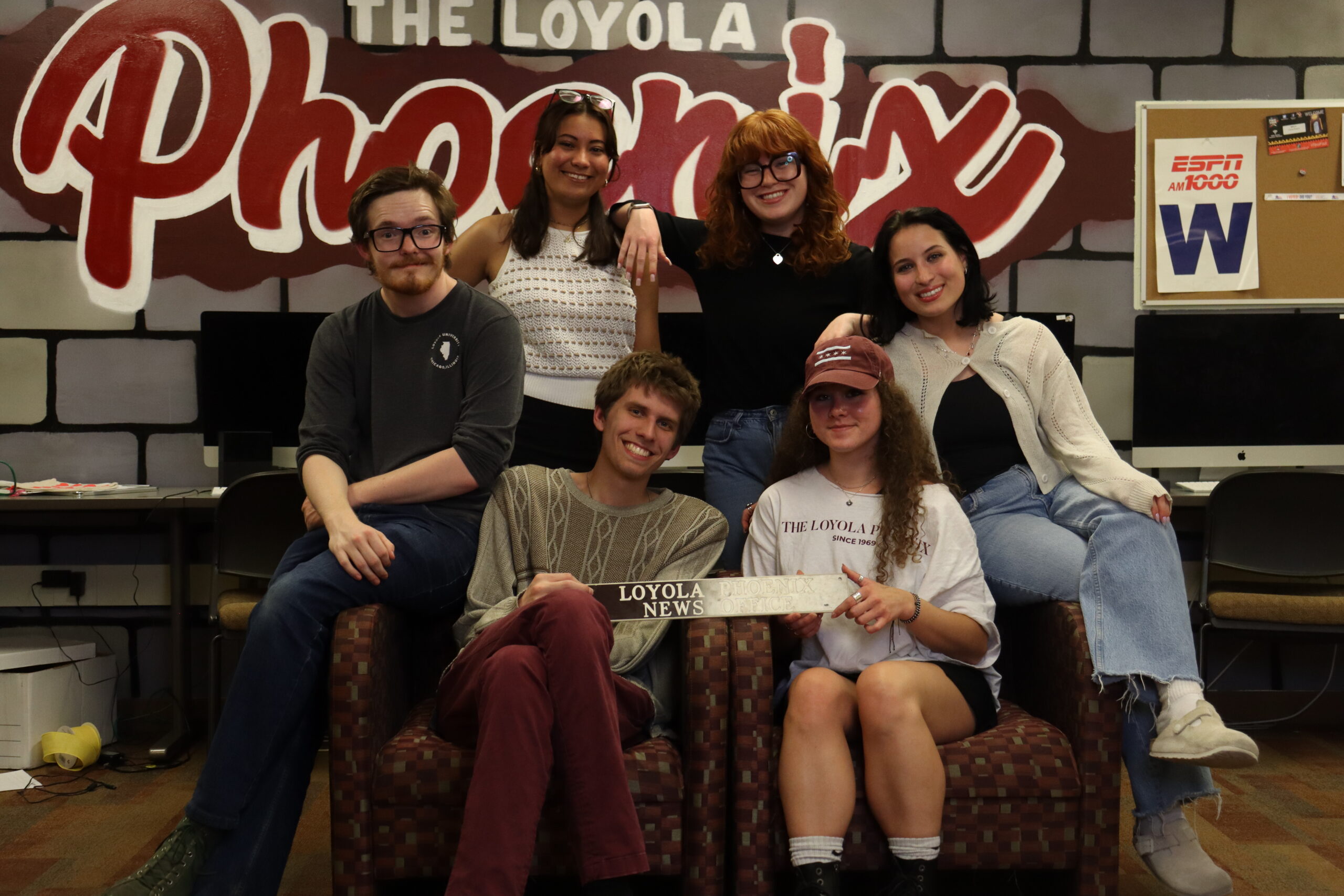Loyola’s director of the School of Environmental Sustainability and other faculty members within the school say that Loyola is on schedule to achieve its goal of carbon neutrality by 2025.
Loyola Set To Be Carbon Neutral By 2025
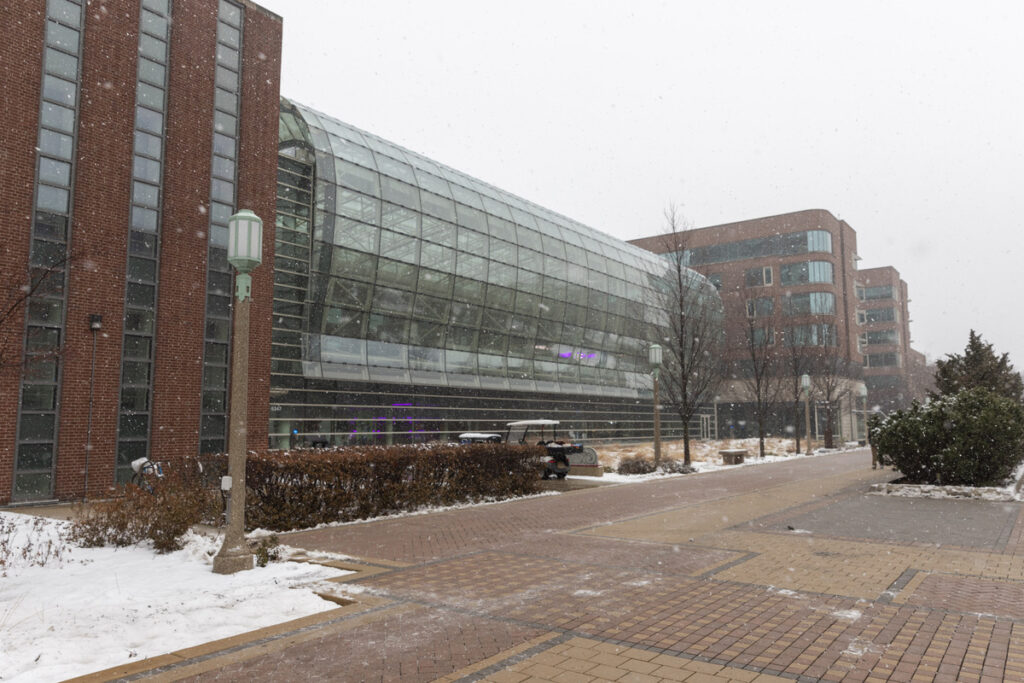
The Loyola School of Environmental Sustainability (SES) and the Loyola Facilities Division has reported that it is on track to achieve carbon neutrality by 2025. Carbon neutrality is balancing an equal amount of carbon emissions with the amount of carbon absorbed from the atmosphere.
Loyola’s Environmental Sustainability Committee, made up of students and faculty, takes on a governmental role in handling climate change and achieving carbon neutrality within the university. They have the task of reviewing, setting up and tracking the progress of projects within the Climate Action Plan.
The Student Government of Loyola Chicago (SGLC) is coordinating the student effort in the project with the SES according to Elis Cosette, the SGLC’s chief sustainability officer.
“My responsibilities are to connect with sustainability-related sustainability officers to promote collaboration on campus sustainability,” Cosette said. “I am also responsible for informing the student government on sustainability issues and helping advance or advise legislation on campus sustainability.”
Cosette, a senior majoring in environmental studies, said that the only way Loyola will get closer to becoming carbon neutral by 2025 is with the purchase of carbon offsets when asked about modes of achieving carbon neutrality.
“Some forms of carbon offsets like tree planting programs do not do as much as they say they do,” Cosette said. “An organization can say we will plant 10,000 trees for you and it will reduce your emissions by x amount. But they might plant a seed that does not become a tree until ten years later.”
Carbon offsetting is putting money towards companies that assist the environment by lessening carbon emissions, according to the Huffington Post. Some carbon offsets do not fulfill the goal of carbon neutrality as some claim.
In 2012, Loyola’s then-president Michael J. Garanzini, signed on to be a part of the College & University Presidents Climate Commitment (CUPCC), hosted by the environmental organization Second Nature.
Following the commitment Loyola started to develop a climate action plan and conducted greenhouse gas inventories, and began to address climate change through curriculum, according to Loyola’s Director of Sustainability Aaron Durnbough.
The Climate Action Plan outlines significant reductions in carbon emissions from 2008 to 2014 and lays out estimated emissions for 2025. Activities that are done by Loyola that directly produce greenhouse gasses, such as the campus shuttle, and indirectly, such as a lecturer going on a flight out of O’Hare paid for by Loyola is put into a category called a scope.
“After a year and a half went by we realized we didn’t have a climate action plan,” Durnbough said. “I and the Vice President for Facilities at the time went to the president and asked who would want to be on the sustainability committee.”
The Loyola Environmental Sustainability Committee membership was chosen more on the basis of representation rather than level of knowledge of environmental issues. It was a mix of students and faculty administrators that met over the course of four to five months, according to Durnbaugh.
“I was heavily involved in the process, but ultimately it was the committee that drafted the plan,” Durnbough said. “We started in the fall of 2014 and we finished in the spring of 2015 and it went to the administration in April of that year.”
The plan was cleared for release by Loyola’s administration, but the committee heard rumors that Pope Francis was going to release the Encyclical on Ecology. A document that outlined how Catholics and Catholic Institutions around the world should address climate change.
The Hank Center for Catholic Intellectual Heritage held a symposium revolving around the release of the encyclical. During the lunch presentation, Durnbough and other representatives of the committee announced the official release of the climate action plan.
“The reason we put it into a scope is that sometimes it is Loyola doing it directly,” Durnbough said. “And sometimes it is Loyola doing it, but the greenhouse gas isn’t exactly on campus.”
To achieve carbon neutrality, Loyola is focusing primarily on scopes one and two. Scope one is emissions that the university is directly emitting into the atmosphere and scope two is emissions indirectly emitted by Loyola, according to the climate action plan.
Environmental science professor Andrew Casper feels that achieving carbon neutrality is an “accelerated process.” He said there are so many different ways to go about it, and Loyola has found many ways to become carbon neutral, such as having energy efficient academic buildings and boiler machines that conserve hot water on campus.
“We are constantly finding new ways to improve our carbon footprint,” Casper said. “The school has a good portfolio of well-rounded approaches. It is not just one solution or the other.”
Featured image by Holden Green | The Phoenix



